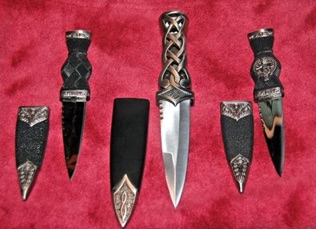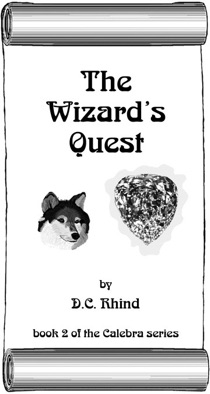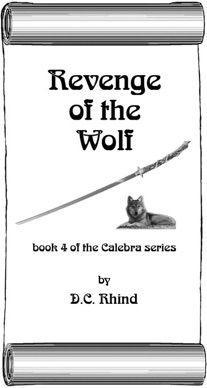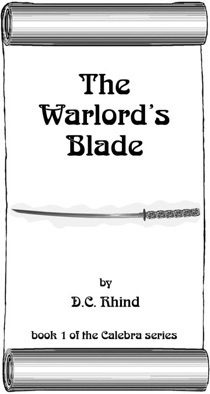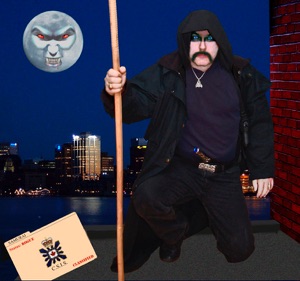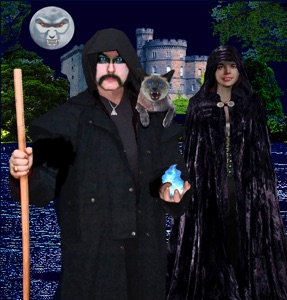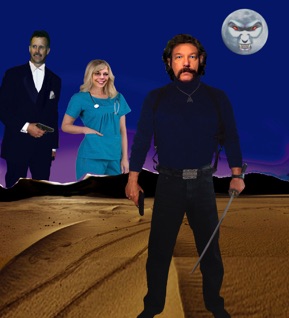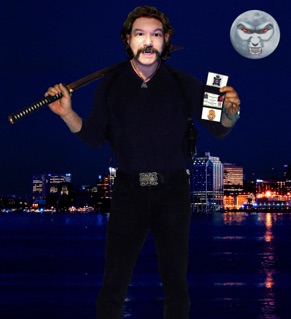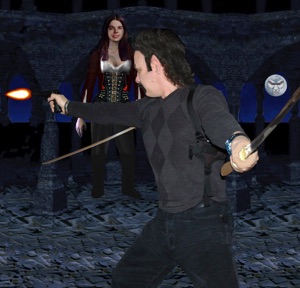Once a Samurai ...
I wanted the irony of a vampire-hunter who was a vampire. Enter Lord Anthony Dewhurst, former colleague and cohort of Sir Percy Blakeney, The Scarlet Pimpernel. He’s been a member of Scotland Yard, MI6, and now works as a profiler for Interpol, specializing in profiling unusual serial killers. Most vampires try to live like normal folks, consuming bottled blood. Lord Tony specializes in tracking down and organizing the destruction of predatory vampires.
Problem: I just couldn't get into Tony's head and, as writer's say, "find his voice." I needed a different main character — a human. Before I was fully conscious of it, I created a character based on my own background — someone who had been a martial arts instructor, trained in swordsmanship — someone who had been through the wringer: boat sank, wife died, failed 2nd marriage, mother died (in my case it was my father), and his father, a retired detective inspector, dying of lung cancer. I wanted the character to be totally knocked off balance by the shock of: a) learning that vampires exist, b) learning this when he is attacked by one who was lying in wait to kill him personally (carrying a description of Michael, a description of his car and license plate number), and c) learning that Tony Dewhurst, who Michael has known since he was 13, is a vampire. As if that isn't enough, I hit him with nightmares that point to past-life memories as a 16th century samurai, hence the title, Once a Samurai ... And, of course, the sequel, completes the phrase: ... Always a Samurai.
So, having set out to have a vampire-hunter who was a vampire, I ended up with a vampire-hunter who was human, aided by a vampire, who would become one himself. The cool part was getting to watch him change over the course of two books. I also wanted to see if I could believably get away with a sword-wielding hero in the middle of the city.
No characters are truly based on real people. Michael shares much of my experience but goes far beyond anything I could claim to be. Carrie, a former ER RN, now working as a nurse in a retirement home, is loosely based on my wife Carol. Other characters are either fabrications or vaguely inspired by the personalities of real people, making it easier to keep their characters consistent and their dialogue unique. Samwise Gamgee (my Pembroke Welsh Corgi) and Kato (my Bluepoint Siamese Cat) pretty much play themselves. Sam was stolen, gone for 4 weeks until he came walking up the street, 8 pounds lighter, with a noose scar around his shoulder. During that month, I’d jumped ahead and wrote some of the climax. Thus, poor Sam who was very much alive, met a nasty death in the book. Alas, in the fall of 2009, Sam’s age and associated infirmities caught up with him, and he is no longer with us. Even Kato misses him. I’m currently revising the eBook text, removing a few areas that don’t help the plot advance, and incorporating some ideas that were developed further during the writing of Heart of a Samurai.






